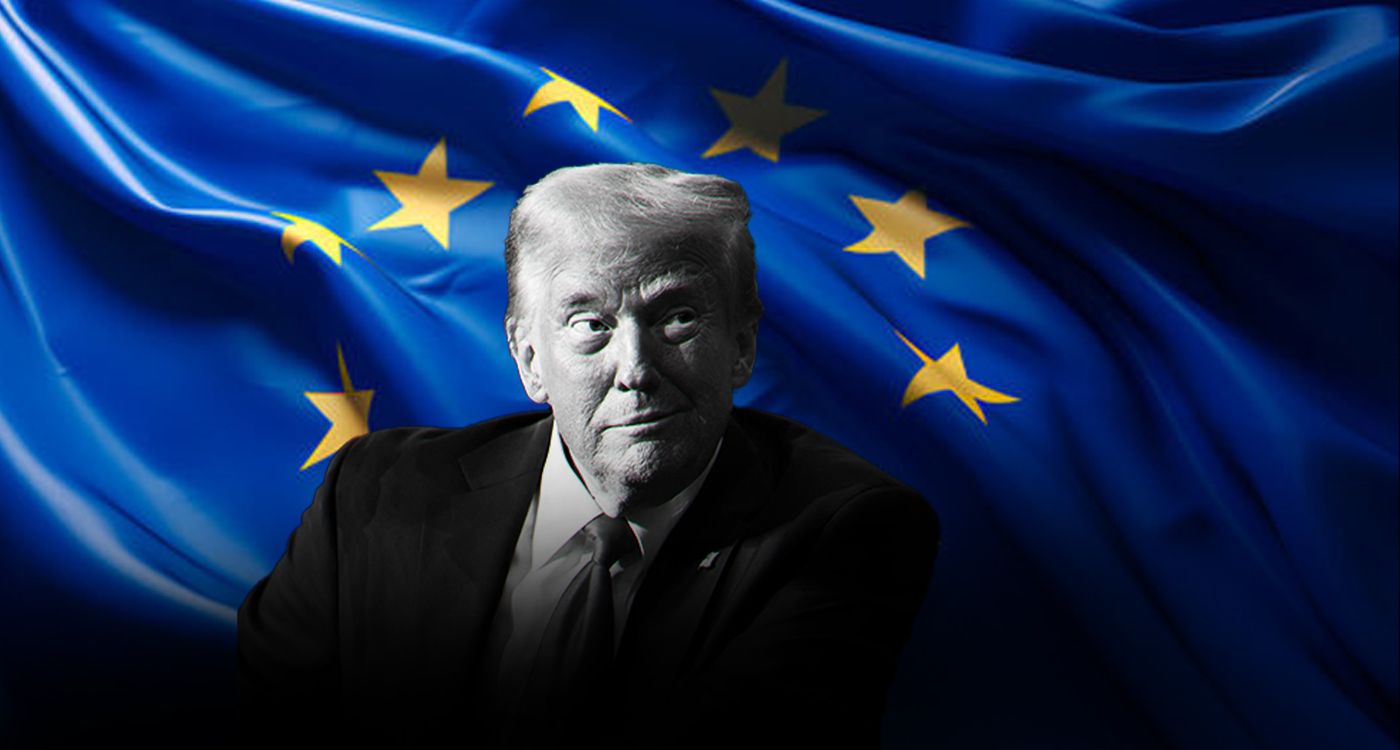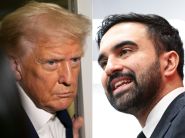- Home
- Middle East
- Trump 2.0: A New Challenge for European Common Defense

©This is Beirut
With Donald Trump beginning a second term in the White House, Europe finds itself at a pivotal moment in an evolving geopolitical landscape. His first term had already shaken the transatlantic alliance by casting doubt on US security commitments to Europe. Now, his return is fueling heightened concerns and deepening mistrust among European nations.
Washington’s foreign policy appears to be shifting further toward isolationism and a more mercantile approach, raising a pressing question: Can Europe, faced with a new era of turbulence under Trump 2.0, overcome its internal divisions and respond with a united front? The challenge lies in forging a common defense strategy while navigating the balance between national sovereignty and the strategic constraints of a more distant America.
Europeans seem more cautious this time than they were during Trump’s first term in 2016. Back then, their reaction was partly driven by Brexit, a period of turbulence in which Europe suddenly found itself facing an American president questioning NATO’s security guarantees, while the British chose to leave the European Union. This context—perceived as an Anglo-Saxon disengagement—led to several initiatives aimed at strengthening Europe’s defense industry to make the continent more self-sufficient in meeting its security challenges. Yet, at an operational level, little progress was made.
Today, the key difference lies in the return of war to European soil, with Russia’s aggression in Ukraine reaffirming Europe’s dependence on American protection. The conflict has exposed Europe’s struggles to handle its own security while highlighting the strategic need for greater sovereignty over the weapons it uses, given the operational constraints imposed by US influence within NATO.
Yet some European officials, such as Andrius Kubilius, who has served as European Commissioner for Defense and Space since December 2024, continue to advocate for maintaining financial support for American defense firms operating in Europe—even at the risk of compromising the continent’s control over its own armaments. While strengthening Europe’s defense industry remains a central challenge, Donald Trump is pressing European nations to buy more American weapons and to allocate 5% of their GDP to defense spending.
Clearly, the issue of short-term versus long-term investments is dividing EU countries. Some believe it is necessary to acquire weapons quickly, even if they are not produced domestically, to deter any Russian threat, arguing that Europe’s industrial and technological base is incapable of providing such capabilities on its own. Another view, particularly advocated by Paris, is that continuing to purchase American arms significantly hinders the development of Europe’s military industry. To date, following the latest European Defense Council in Brussels, the trend seems to lean more toward massive purchases of American weaponry, at the expense of Europe’s sovereignty over their use.
However, Donald Trump's return to the White House is not merely a strategic threat; it appears to be evolving into "an ideological war," according to researchers at Chatham House in London. In their view, Trump sees Europe as a political model he seeks to dismantle: regional integration based on multilateralism and solidarity. By contrasting his vision of a "strong America" with that of a "weakened Europe," he underscores the fragilities of European institutions and their dependence on Washington. Institutions such as the European Union and NATO represent a "postmodern" vision that Trump rejects: a world grounded in rules, shared values, and state cooperation. As a result, Trump views Europe more as an economic and political rival than a strategic ally. Nevertheless, this "ideological war" could and should serve as a catalyst for European awareness. By reaffirming their sovereignty, Europeans could turn Trump’s criticisms into an opportunity to create an autonomous, resilient, and sustainable defense model.
An important point for European countries to bear in mind is that a common European defense cannot be established in just four years—the duration of Trump’s presidency. Such an initiative requires a long-term vision, based on a convergence of strategic interests among member states and a thorough reassessment of the European Union’s priorities. Reacting solely to US policies would be a strategic mistake for Europe. While Donald Trump’s stance on NATO and his European allies may serve as a catalyst, Europe must engage in independent reflection, free from the influence of the president in the White House. A common European defense should not simply be a reaction to American policies but an autonomous, credible project adapted to the geopolitical realities of the 21st century. Although the strategic interests of European states may diverge, their common defense must be viewed as a shared objective. In a rapidly changing world, where threats are ever more global, a collective approach is indispensable.
Therefore, the establishment of a common defense must begin with the substantial development of a European defense industry. This requires investments in research and development, the creation of a unified market for defense technologies, and a reduction in Europe’s dependence on American industries.
A solid industrial foundation would not only strengthen Europe’s technological sovereignty but also lay the groundwork for a credible common military force. While current initiatives, such as the Permanent Structured Cooperation (PESCO) and the European Defense Fund, are important first steps, they remain insufficient. Europe must go further by developing a shared military capability, one able to respond autonomously to both internal and external crises.
The idea of a common European defense is not new. It traces its roots back to the vision of General Charles de Gaulle, who, as early as the 1960s, advocated for a Europe capable of defending itself independently, without relying on the United States, as evidenced by his withdrawal from NATO’s integrated command. For de Gaulle, Europe had to preserve its political and strategic independence— a principle that remains relevant today in the face of a multipolar world and the growing risk of American disengagement. Today, the war in Ukraine underscores the importance of an independent European defense, especially if US priorities diverge from those of Europe. De Gaulle’s vision remains pertinent: Europe must strengthen its sovereignty in defense matters, develop closer cooperation among its nations while maintaining their independence, and build a credible common defense to confront future threats.
Ultimately, while the concept of a common European defense is more relevant than ever, it remains far from being a reality, as divisions within the European Union persist. Strategic differences and the national interests of certain member states hinder the creation of a truly unified defense. However, while this goal may not be achievable in the short term, a long-term solution is essential. Developing a credible and sustainable European defense, grounded in stronger cooperation, is a complex yet vital challenge for securing the continent’s future strategic autonomy and security.
Read more





Comments